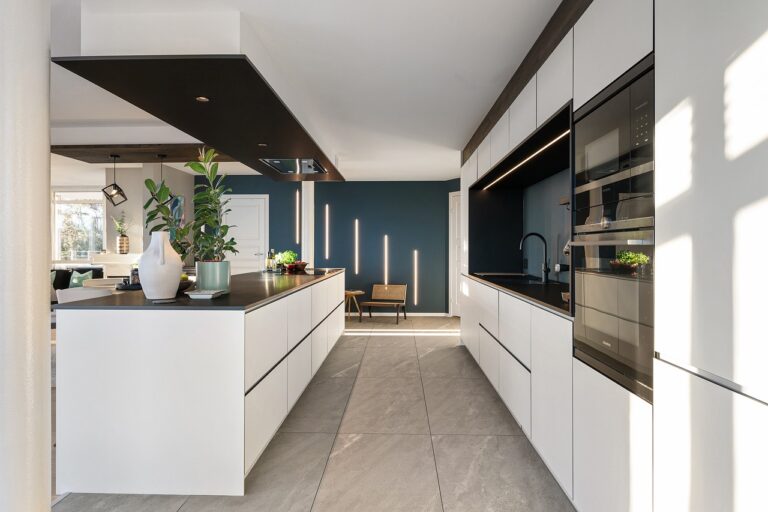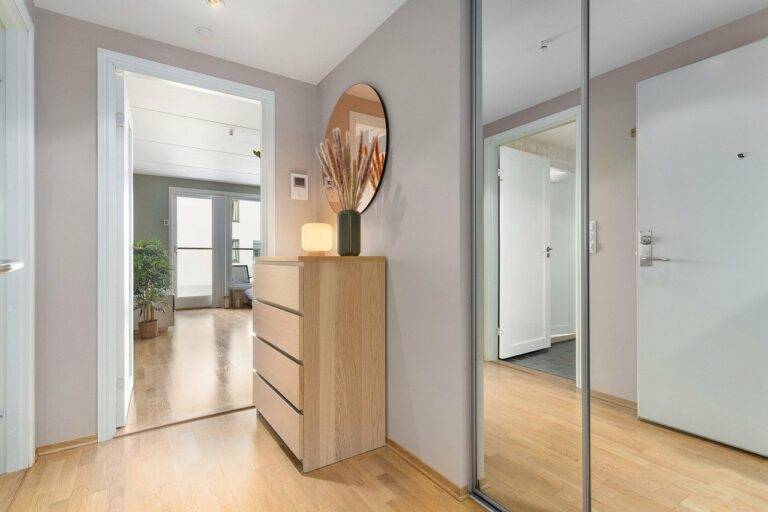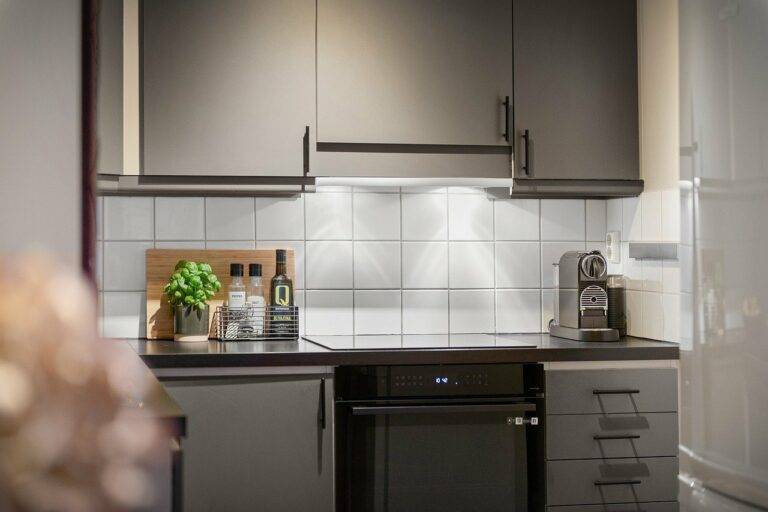How to Design an Eco-Friendly Kitchen: Sustainable Materials and Energy-Efficient Appliances
When designing an eco-friendly kitchen, it is important to prioritize natural lighting. Installing large windows or skylights can help reduce the need for artificial lighting during the day, cutting down on energy consumption. Additionally, choosing energy-efficient LED light fixtures can further minimize electricity usage while brightening up the space.
Incorporating indoor plants into your kitchen design not only adds a touch of greenery but also improves air quality. Plants like aloe vera, spider plants, and herbs can help purify the air by removing toxins and releasing oxygen. Furthermore, opting for durable and sustainable materials such as bamboo flooring, reclaimed wood cabinets, and recycled glass countertops can significantly reduce the environmental impact of your kitchen renovation.
• Installing large windows or skylights for natural lighting
• Choosing energy-efficient LED light fixtures
• Incorporating indoor plants for improved air quality
• Opting for durable and sustainable materials like bamboo flooring, reclaimed wood cabinets, and recycled glass countertops
Choosing Sustainable Materials for Your Kitchen
When it comes to selecting materials for your kitchen, opting for sustainable options can have a positive impact on the environment. One popular choice for countertops is bamboo, a fast-growing and renewable resource that can add a touch of elegance to your kitchen decor. Additionally, reclaimed wood can be repurposed into beautiful cabinets, giving your kitchen a unique and environmentally-friendly look.
For flooring, consider materials like cork or linoleum, both of which are durable and eco-friendly choices. Cork is harvested from the bark of cork oak trees without harming the tree itself, making it a sustainable option for your kitchen floor. Linoleum is made from natural materials like linseed oil and cork dust, providing a biodegradable and low-emission flooring solution for environmentally-conscious homeowners.
Energy-Efficient Appliances for a Greener Kitchen
When choosing appliances for your kitchen, opt for energy-efficient models that can help reduce your carbon footprint and utility bills. Look for appliances with the Energy Star label, as these have been certified for their energy savings. Refrigerators, dishwashers, and ovens are some of the main kitchen appliances that consume a significant amount of energy, so investing in energy-efficient options for these can make a big difference.
Another factor to consider when selecting energy-efficient appliances is their size – larger appliances tend to consume more energy, so choose the appropriate size for your household’s needs. Additionally, consider the features of the appliances you are selecting – simpler models with fewer bells and whistles tend to be more energy-efficient. By making thoughtful choices when it comes to your kitchen appliances, you can contribute to a greener kitchen and a more sustainable lifestyle.
What are some eco-friendly kitchen design principles?
Some eco-friendly kitchen design principles include using energy-efficient appliances, incorporating natural light, maximizing natural ventilation, and using sustainable materials such as bamboo or reclaimed wood.
How can I choose sustainable materials for my kitchen?
When choosing sustainable materials for your kitchen, look for options that are made from renewable resources, have low VOC emissions, and are recyclable or biodegradable. Some examples include bamboo flooring, recycled glass countertops, and FSC-certified wood cabinets.
What are some energy-efficient appliances for a greener kitchen?
Energy-efficient appliances for a greener kitchen include ENERGY STAR certified refrigerators, dishwashers, and ovens. These appliances are designed to use less energy and water, helping you reduce your carbon footprint and save on utility bills.







